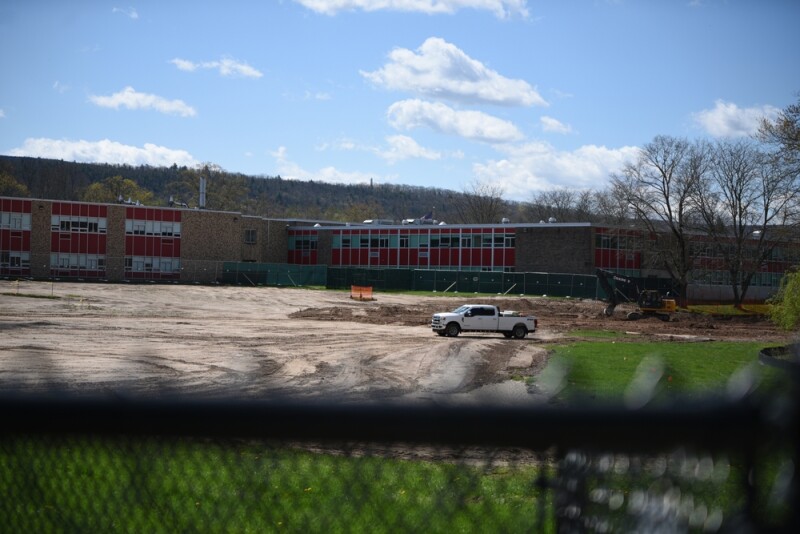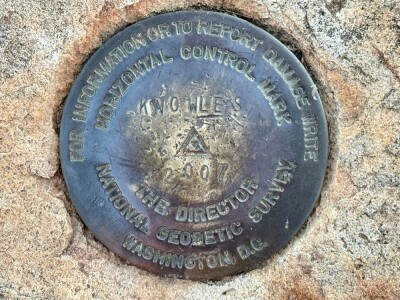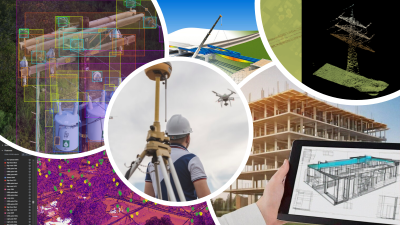As the summer winds down in the United States, schools are beginning to reopen for the new school year. In some places around the nation, this time has already come, and others will join after the upcoming Labor Day weekend. At the beginning of the summer as the kids are starting to leave at the end of their school year, most of us are thinking about the fun that will be had in the coming months – and, of course, planning how to keep the children busy. But for the operators of the building and many engineering and construction firms around the country, this is a busy time in trying to complete all of the necessary projects before the summer comes to a close.
One of the recurring themes in any conversation around the construction industry is its propensity to have project delays and missed deadlines. With these necessary projects involving schools, though, the project deadline is much more defined and overrunning these projects make the job significantly more difficult to complete once the kids return to school. The good news on this front is that, because of an influx in technology throughout the industry on all sides of a project, processes have become much more significant and meeting these tight deadlines is more feasible than ever.
For the most part, when we talk about the technology being used by construction and engineering professionals at Geo Week News, we’re talking about very sophisticated and specific tools. Things like reality capture, BIM, and digital twins often dominate these conversations. Those tools are certainly helpful for these time crunches as well, but often times it can be the less heralded and more “basic,” for lack of a better term, technology that really transforms efficiency for these firms.
This is something that was backed up after a recent conversation with Tad Rivenbark. Serving as the Director of Construction Administration for Florida-based Matern Professional Engineering, Rivenbark has seen first-hand how embracing technologies has helped streamline his work on many projects, including those working on those tight summer deadlines.
Rivenbark tells Geo Week News that, to his knowledge, his specific job is fairly unique in the industry and that he hasn’t come across many others who share his title. What is that specific job that his team completes?
In his words, “We essentially act as the intermediary between the engineers, design staff, owners, and construction staff on projects. We do quality control reviews on the job sites, answer questions, and bring back questions we may not be able to answer to the engineers.”

Given the number of stakeholders that are involved in the types of projects that a firm like Matern works on, having this kind of intermediary who can speak the language of all sides, so to speak, is incredibly valuable. When asked why he thinks his firm is one of the few he’s aware of with this kind of team – Matern has had this role for upwards of 30 years – he points to a culture that allows team members to test out new tools where they see potential value.
As noted above, for his team it’s not necessarily the high-end hardware or AI-powered software that is leading to this streamlined efficiency. In fact, he tells Geo Week News that his team isn’t utilizing the AI-powered tools just yet for security reasons, among others, though that doesn’t mean there isn’t potential interest in the future.
That said, Rivenbark points to the real turning point being about 10 years ago when the firm started to move away from paper records and started utilizing iPads. Not only did this digitize much of the record keeping, but it also allows these records to be brought out onto a job site easily.
More recently, he’s seen a lot of value in PlanGrid, a productivity tool for construction that is now owned by Autodesk. Everyone in the industry has heard the term “single source of truth,” and this application allowed his team and other stakeholders to have access to all of this information in a digital space that was easy to find. Now, instead of having to choose between brevity and full clarity with things like an observation report, this kind of solution helps “speed and clean up the process.”
In the past, he says, “you’d write up your observation report – things that are good, things that are bad. You’d take pictures, get back to the office, download the pictures, type up a Word doc, fill in pictures where it fits with what’s written up, and send it off. That tended to lead to a lot of questions. Sometimes you can’t be specific enough in what you’re writing without writing a book to fully explain what you saw or where exactly it was.”
This goes to show that it doesn’t need to be the flashiest technological adoption that can help improve efficiency for AEC firms. You need a culture in which, in Rivenbark’s words, you don’t necessarily jump on a new technology right away, but you can’t be afraid to test things out. The result is smoother work and, even in times like the summer when work is tight, hopefully not having to work extreme hours to meet deadlines.
“In the days before all of these nice tools that we have now, there were a lot of late nights just turning paper to keep things moving for everybody. We still have the occasional late night, but not like we used to in the past.”






